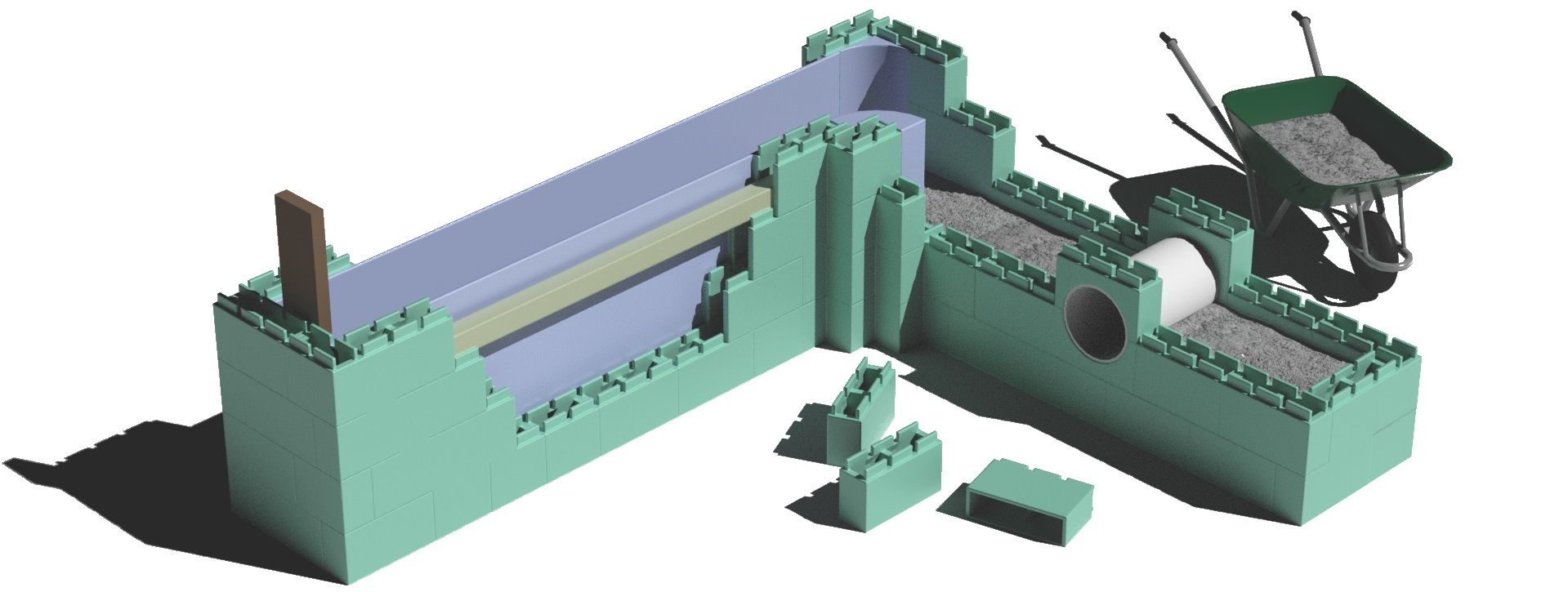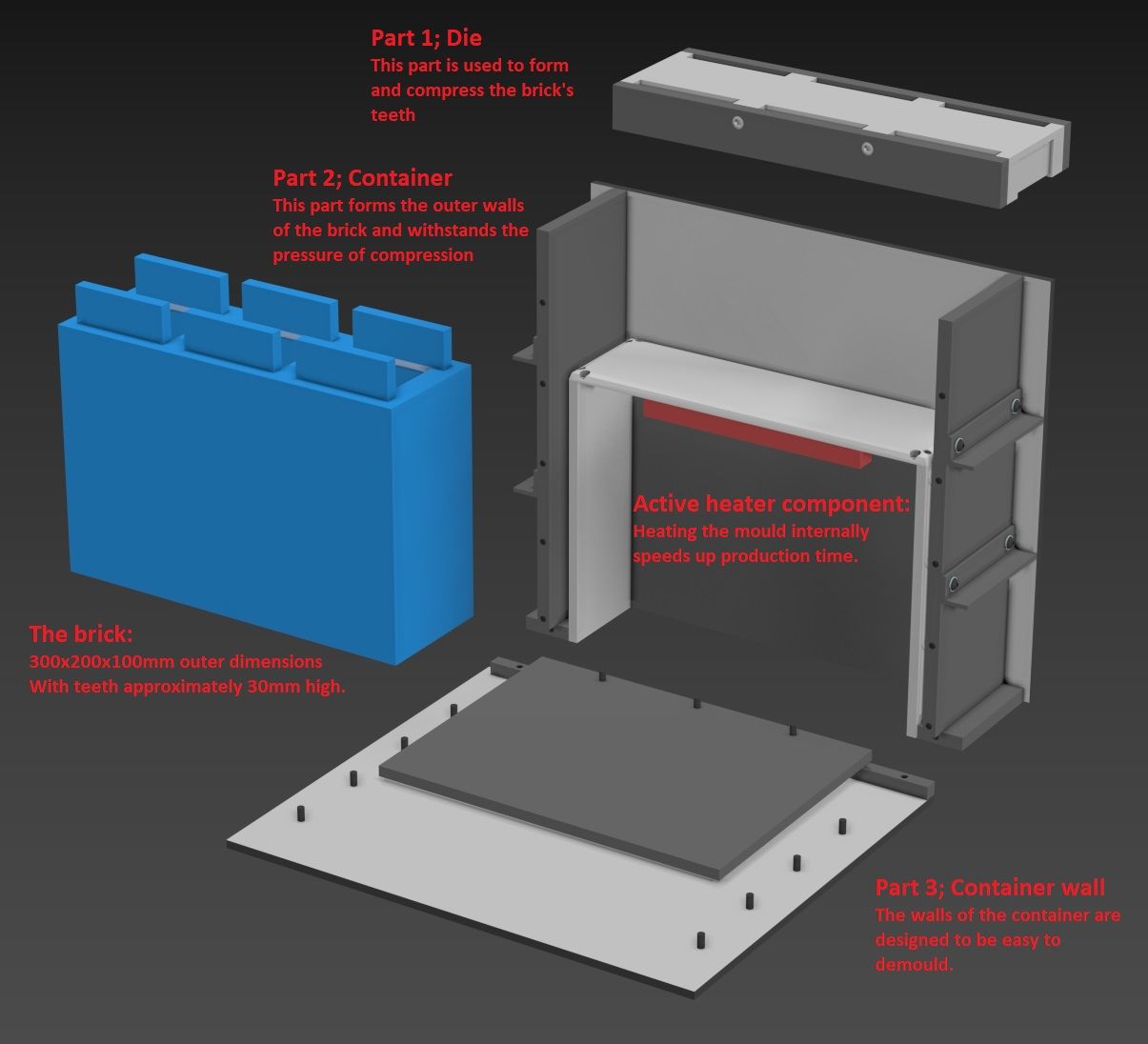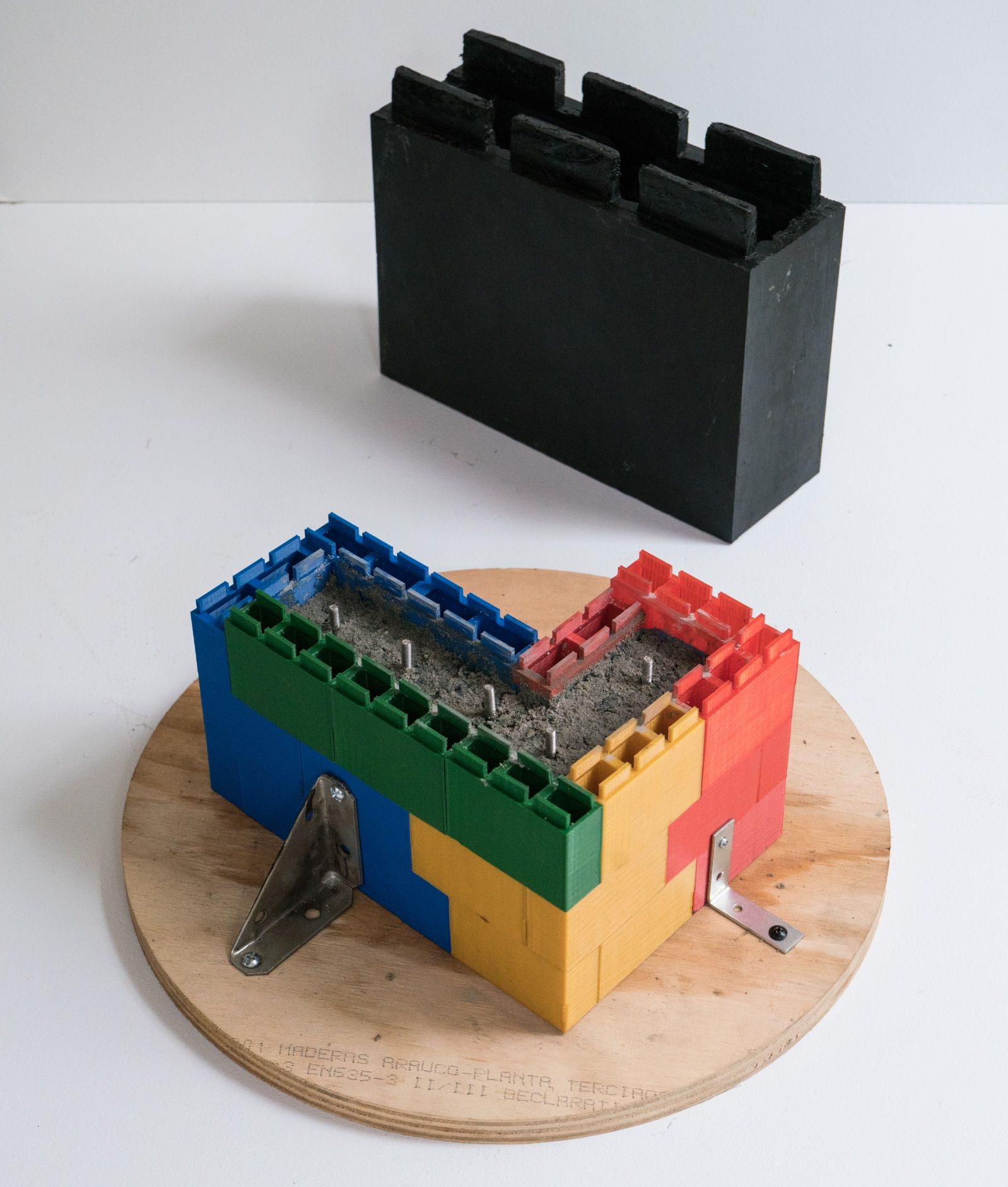@Phaedrux Thank you for the detailed instructions!
Posts made by MortarArt
-
RE: Emergency stop without inputposted in General Discussion
-
RE: Emergency stop without inputposted in General Discussion
@dc42 That's interesting that you're able to do a software fix for hardware interference. I'm curious how that works. But I think I'm happy enough with confirmation that this could be the panel.
I'll update the firmware and see how I go.
-
Emergency stop without inputposted in General Discussion
Twice now, my Duet Wifi 1.02 printer has E-stopped, without any interaction. The console reports:
Cancelled printing file ****.gcode, print time was Xh XXm
Emergency Stop! Reset the controller to continue.The second time this occurred a dialog popped up in DWC stating that the firmware still reports that it's halted, asking whether I want to restart again. Restarting again resulted in a printer reporting idle.
Firmware version is 2.02(RTOS) (2018-12-24b1)
I have a PanelDue attached, and no separate E-stop wired up.
Is this likely due to a fault in the panel?
-
RE: Deliberately stalling stepper motors on one driverposted in Duet Hardware and wiring
Ok, so I just recalled that my plan was not to do a 'sensorless home', but to travel backwards for the full length of the axis, and assume the axis is at zero because of stalling. Just a small FYI.
-
RE: Deliberately stalling stepper motors on one driverposted in Duet Hardware and wiring
@dc42 thanks! So you basically reduce the current just for homing? Makes sense to me.
Will the stall homing work across multiple motors?
-
RE: Deliberately stalling stepper motors on one driverposted in Duet Hardware and wiring
@norder @norder the tool I'm making drives a pin that locks a mould shut. Basically, there will be a slot in the bottom of the mould, and the stepper (with a threaded shaft) would drive a block (purple on thingiverse) in to the slot. This is crucial because I'm using compression moulding, and will use the ram that compresses the mould to eject the plastic part, once it has cooled down.
There are no doubt more elegant solutions to this, but I have these pancake steppers on hand.
-
RE: Deliberately stalling stepper motors on one driverposted in Duet Hardware and wiring
@bot aha, yes, that's what I thought you meant. I think that won't be a problem in my case.
-
RE: Deliberately stalling stepper motors on one driverposted in Duet Hardware and wiring
@bot when you say mechanical damage, you mean to the stepper, or the parts attached to it? I am using very low amp pancake steppers in the hope this has the same effect.
-
Deliberately stalling stepper motors on one driverposted in Duet Hardware and wiring
I will be using some spare stepper motors to drive pins to close a mould that I've designed via a Duet 3 board. The steppers are small and low current Nema17s, but will conduct the same range of motion with each operation. As a result, I want to be economical, and control them all via the same stepper driver on the board.
However, I want to be sure this won't cause any damage to the board. The reason I'm concerned that it might, is largely that I know very little about electronics, but also that I plan to home the pins by deliberately stalling them out. That is ... I intend to drive the stepper in reverse until the 'pin' element is hitting the plate the motor is fixed to. I'm concerned that stalling one or multiple motors might present a problem for the stepper driver?
Below is a basic render of the pin (in purple), driven by a threaded shaft. STL here.

-
RE: PrintNC & a heated mould for "precious plastic" formwork bricksposted in My Duet controlled machine
https://www.thingiverse.com/thing:5467974 - initial design, with a copy-pasted preamble from this forum post. Bill of materials, basic instructions and STL of basic tool dimensions is included.
-
PrintNC & a heated mould for "precious plastic" formwork bricksposted in My Duet controlled machine
In early 2021 I decided that I was going to try to produce formwork (for poured structures such as concrete) out of recycled plastic bricks. This was in part because I'd heard that there's timber shortages, a crisis in plastic recycling, and I always wanted to figure out what to do with my waste 3D prints. In discussions with concreters and other builders who use formwork, I was told that the resulting surface finish of the structure was a very important consideration when selecting a material for formwork. This is why formply, with it's smooth exterior laminate is the industry standard, even if it rapidly becomes a waste product.
This lead me to come up with higher specifications for tolerances & surface quality than the original, open source brick tooling designed by Precious Plastic. However I was determined that the geometry of their brick was still suitable for formwork, with the addition of a compression step, and more precise (machined rather than welded) parts.
As a result I started work late last year in building a PrintNC specced to my project, with hardware that I am familiar with (Duet). This week, using steel I milled and cut on the PrintNC I was able to produce my first "early production brick"*.
The mould's design is simple to replicate, costs less than $300aud, $200usd, 170gbp, etc. and can produce bricks without additional tooling, with nothing more than your body weight and some** heat.
*that didn't break into pieces as I demoulded it.
**understatement.

A motor mount I redesigned for my PrintNC, printed in solid ABS, with an acetone coat.

Potato quality photo of a drilling operation.

Concept render of the intended use of the bricks.

Explanatory render of the tooling.

Photo of the early tooling used to produce the first brick. The internal plate is heated using regular 3D printer heater cartridges, and the side walls could be heated with heater pads.

The first brick, made out of ~2.1kg of waste PLA. Note the smooth sides and sharp corners of the external surfaces.

3D printed 1:4 scale model of the brick with poured concrete inside.
-
RE: Time scale under temperature chart?posted in Duet Web Control wishlist
I'd also like to second this request, or at least a setting to define how long the timescale for the graph is. I have long heat up times for one of my applications (a compression mould), and it would be pretty handy for that to be able to see the actual timeframe of my tool heating up and cooling down, rather than a slightly diagonal line.
-
RE: Tuning / gcode for expected very slow heatingposted in Tuning and tweaking
I'm still getting errors that heaters are increasing in heat too slowly. They are increasing, but the mass of steel they're warming is quite large, so there's a lot of lag. This occurs even if the temperature is within the M570 T value, which sets the permissible temperature excursion. For instance, if the heater is at 55c, and I set it to 65c, it faults 30 seconds later.
-
RE: Tuning / gcode for expected very slow heatingposted in Tuning and tweaking
@jay_s_uk thank you! My Google fu failed me this time.
-
RE: Tuning / gcode for expected very slow heatingposted in Tuning and tweaking
@deckingman I'm getting this error with bang bang. I think I am after a way to manually set the expected heater fault time.
-
Tuning / gcode for expected very slow heatingposted in Tuning and tweaking
I am using my Duet 3 and some 3D cartridge heaters to heat up a steel mould.
When I run an M303 command, it fails with the message "Auto tune cancelled because temperature not increasing". What can I do, as a work around to this, so that I can heat the mould up slowly.
-
Configuring TriangleLab R100 3950k thermistor - have datasheetposted in Tuning and tweaking
I can't figure out if I need additional parameters to my M305 for some cartridge thermistors I have. My current setting is M305 P2 H0 T100000 B3950 ; but I read in old threads that this type of thermistor may need a C value set, but I couldn't find the calculator in the reprap firmware wizard.
The documentation for the thermistor can be found here; https://trianglelab.net/u_file/2203/02/file/NTC100KB3950-1-2c16.pdf
And it specifies a maximum value of 0.141 ohms at 300c. Is there a way to enter a specific temperature / ohms reading as a parameter?
-
RE: Higher input voltages for steppersposted in Hardware wishlist
@dc42 has anyone carried out the modifications on the boards to allow higher voltage?
-
RE: Duet 3 32v on 3D printer?posted in Duet Hardware and wiring
So just to check that my working out is correct for this stepper with Inductance of 1.85 mH, using dc42's formula from above; sqrt(V^2 + n * (L/C) * I^2)
M906 current set at 4a
sqrt(3636 + 4(0.00185/0.00132) * 4 * 4) = 36.00000217066660122509v
I just want to be sure that this is right, because it seems that adjusting the amount of motors doesn't seem to change the result much?
-
RE: Minimum Viable Duet3 CNC Hardwareposted in CNC
@tenaja so according to this video, backlash is pretty minimal, though I do take your point. Even that small amount can result in parts that are not fit for purpose. I'm going to be investigating how to minimise that for my build.
I'll also start out operating the router semi-automatically to begin with, to get used to CNC operations, as I come from a manual machining background.
What are NC end-stop switches? No contact?